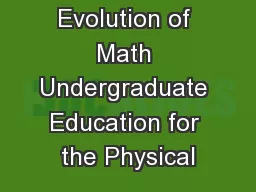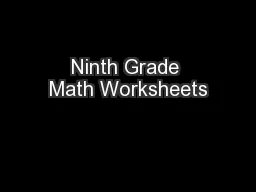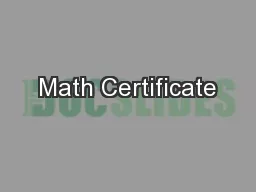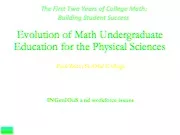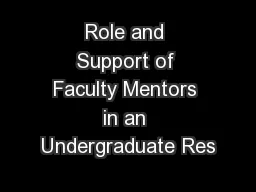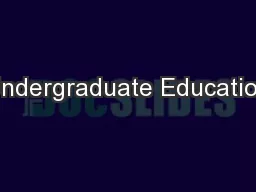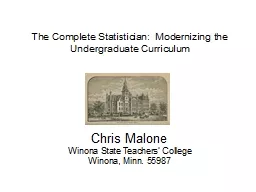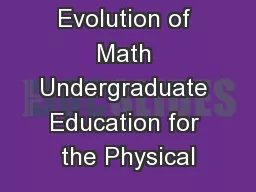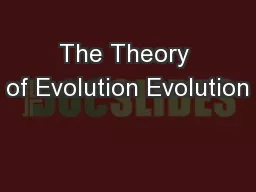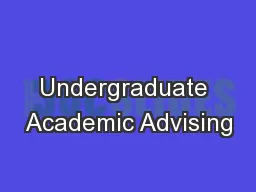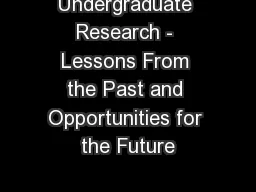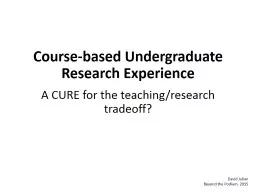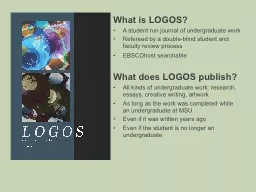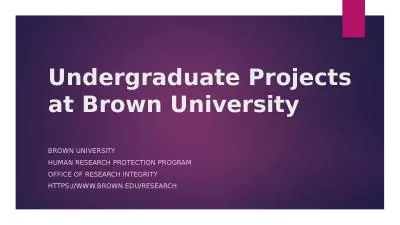PPT-Evolution of Math Undergraduate Education for the Physical
Author : phoebe-click | Published Date : 2018-01-11
Peter Turner Clarkson University John Bailer Miami University Paul Zorn St Olaf College The First Two Years of College Math Building Student Success STEM Readiness
Presentation Embed Code
Download Presentation
Download Presentation The PPT/PDF document "Evolution of Math Undergraduate Educatio..." is the property of its rightful owner. Permission is granted to download and print the materials on this website for personal, non-commercial use only, and to display it on your personal computer provided you do not modify the materials and that you retain all copyright notices contained in the materials. By downloading content from our website, you accept the terms of this agreement.
Evolution of Math Undergraduate Education for the Physical: Transcript
Download Rules Of Document
"Evolution of Math Undergraduate Education for the Physical"The content belongs to its owner. You may download and print it for personal use, without modification, and keep all copyright notices. By downloading, you agree to these terms.
Related Documents

